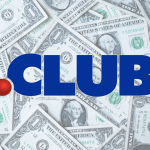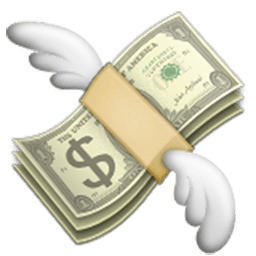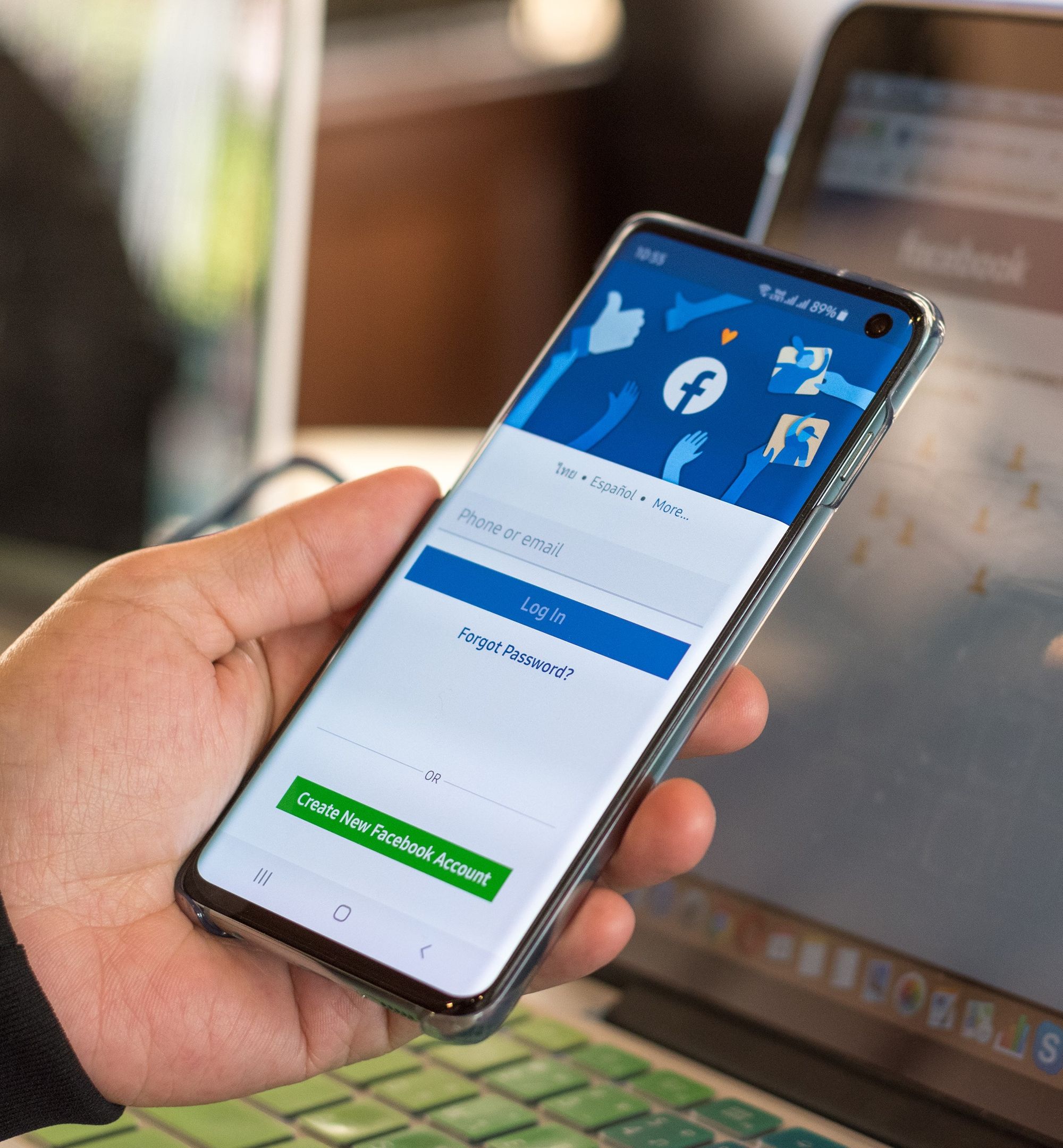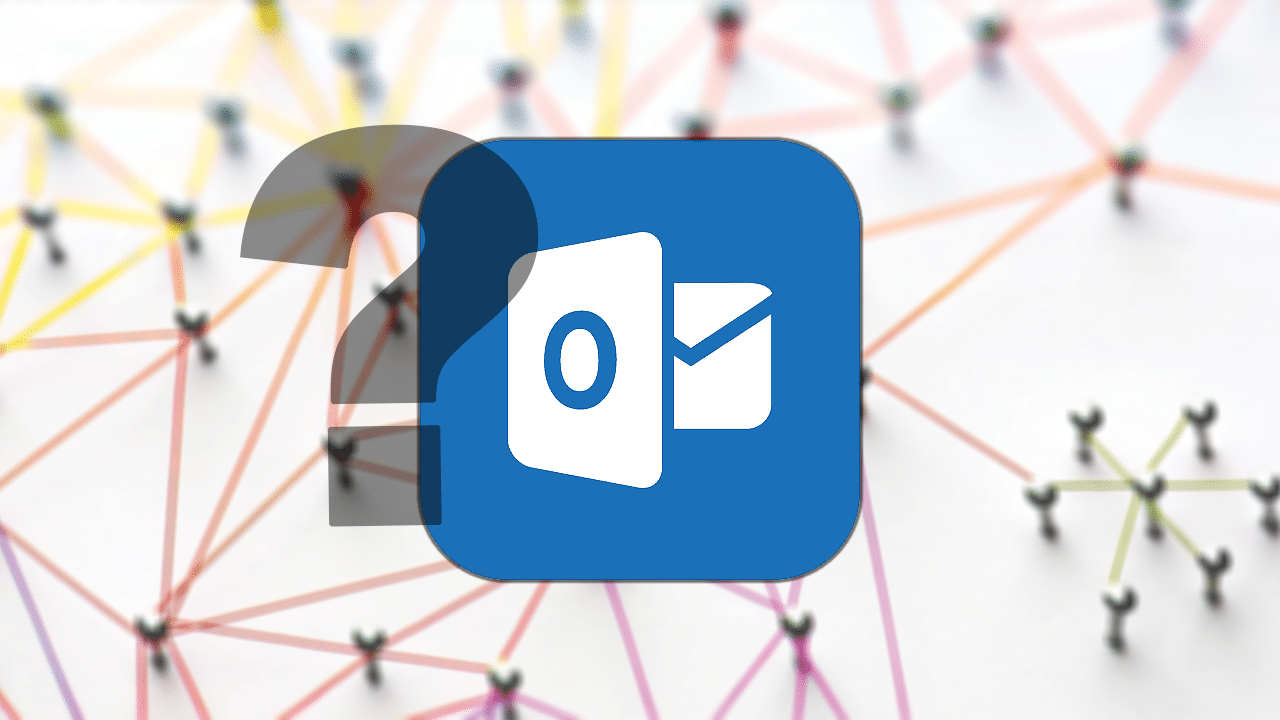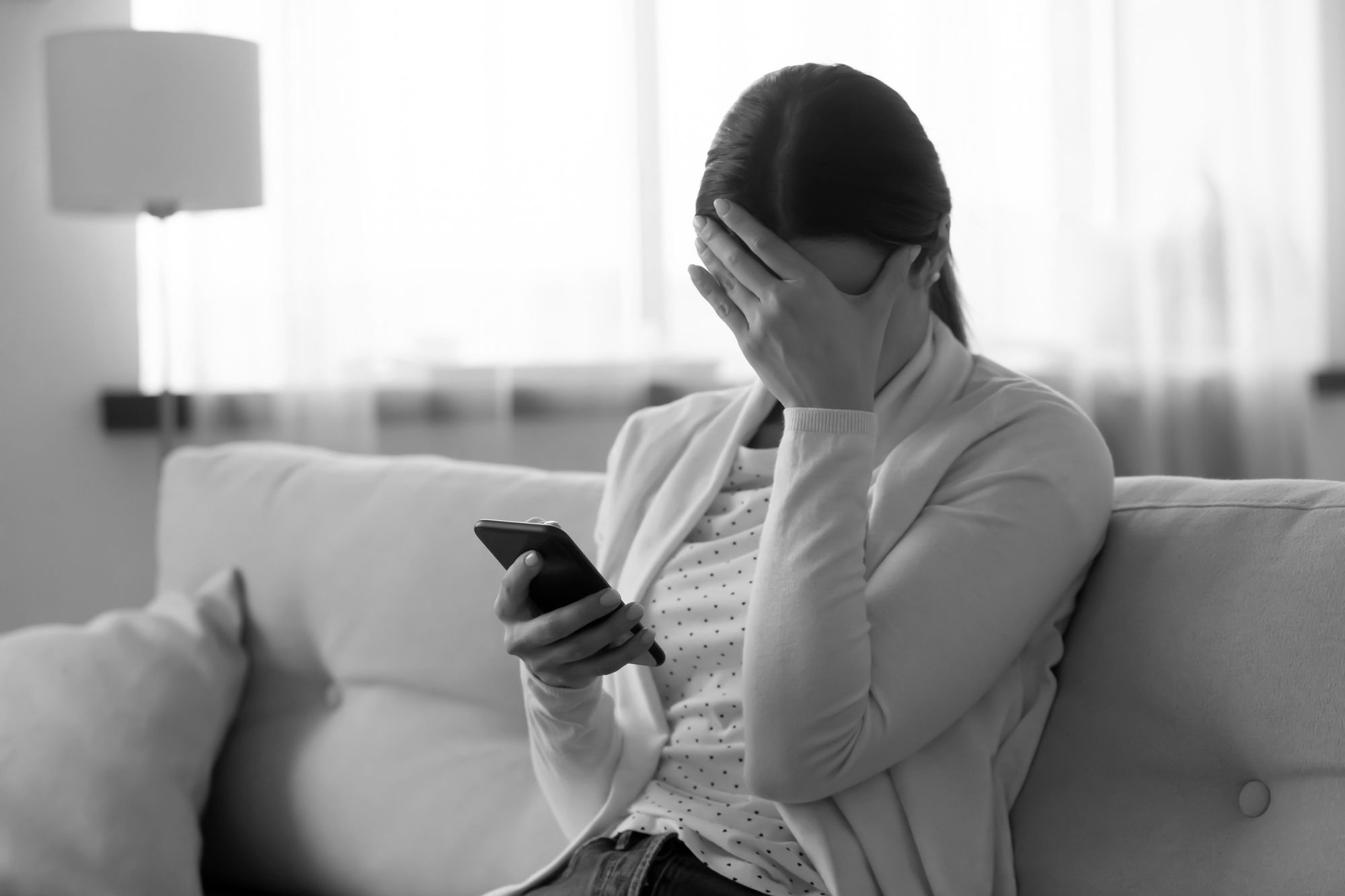Visual consistency helps in learning.
The consistent use of visual design is meant for all kinds of users and not just for perfectionists.
It is essential since it builds a pattern that helps your visitors use the site. When they continue to use the same features like colors, typography and location, to name a few, they will learn how your system works in the fastest way possible.
Each color has its unique psychological effects on viewers.
Colors have an effect on a person’s moods. When colors are used in web design, they can easily project a certain theme or atmosphere. Every color has unique properties that artists have known for ages. The artists’ science of Color Theory is also important to web design.
Blue is the color that is often used in majority of websites of different industries since it projects friendliness and trustworthiness. Almost remember, though, that there is no best color. Colors can create the proper mood so that your site can serve its purpose. However, you have to know which colors are best to use.
When the following primary colors are dominantly used on your site, they can have a particular effect with the characteristics they symbolize:
Red – powerful, passionate, alarming
White – clean, simple, honest
Yellow – warm, alert, happy
Black – sophisticated, critical, overbearing
Green – natural, successful, reasonable
Purple – romantic, luxurious, mysterious
Light Blue – inviting, refreshing, serene
Dark Blue – professional, trustworthy, secure
Gray – neutral, formal, gloomy
Orange – friendly, inexpensive, playful
When colors clash, they let elements catch the eye of viewers.
Bareness is not the only way to stimulate the visual flow of users. Colors, especially complementary ones, can have an impact on a web page.
Each color has a complementary color on the color wheel, directly opposite it.
For example, the complement of blue is orange and the complement of red is green.
Complementary colors are utilized in web design so they can draw the attention of more viewers. For this reason, they can be effective when it comes to calls-to-action and promotions, among other aspects that you would like to convey to visitors.
Call-to-action buttons often make use of complementary colors. As an example, a yellow button is more visible against a purple background.
A white background easily attracts attention.
The goal of web design is to capture the eye of users and in this regard, one of the most effective tools is a blank page. White or negative space is the absence of elements. However, it does not have to be literally white. Based on the way it is utilized, its value lies in its power to attract or repel a viewer’s attention.
The basic rule when using white space is that to draw more attention, more white space should surround an element. Less space will get less attention. This is also a fundamental rule, nowadays, when it comes to flat and minimalist designs used on the web. When the screen has fewer elements, the ones that remain are the most powerful.
White space is used simultaneously with the first point with regards to grouping. To create such groups, the white space between the elements and groups should be adequate.





